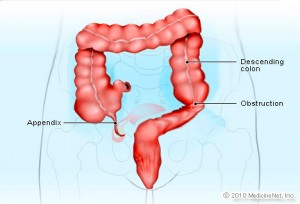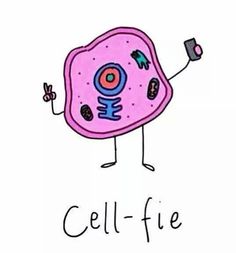If you have ever had severe acne, you know the last result is to go on Accutane. Your dermatologist makes you try every single possible thing out there for acne before even considering prescribing it. Accutane is a name brand of Isotretinoin (Just like how Ibuprofen is the same thing as Motrin). It is a pill prescribed for severe acne. Personally, I have gone through one course of Accutane. I know multiple people who have also done the full treatment and have even gone so far as going on it a second time around. According to WebMD, any brand of Isotretinoin is typically taken twice daily for 15-20 weeks. Its job is to decrease the amount of oil that is produced in your pores. It is common for your acne to flare up in the first 2-3 months, but towards the end of the 6th month, your skin should be extremely clear. I personally had an extreme initial break out at month 3, and it was not until month 5 when my skin finally began to clear up. It is known to have very severe side effects.
I remember being bombarded with the amount of anti-accutane websites when I first started researching the treatment. Since I had absolutely no other option and there were so many success stories, I went out on a limb and did the treatment. Since it really worked for me, I didn’t think twice about how badly it effected others. Now 5 years later, the amount of people that are against the use of Isotretinoin has only increased. So, my question today is, should Isotretinoin be banned in the U.S?
Accutane came onto the market in the 1980’s and immediately became one of the highest selling prescription drugs for acne treatment. Thirty years later, we now know that there are EXTREME side effects of the drug such as suicide, Crohn’s Disease, and birth defects. (I was informed of these effects before agreeing to take it)
In 2007, a study done in the British Journal of Clinical Pharmacology, examined women who got pregnant while on Accutane. Out of those 90 women, only 9 of them had a live birth. 76 had elective abortions, 2 had trauma during their delivery, and 3 had a spontaneous abortion. Almost similar to the drug Thalidomide that we discussed in class, 30 years ago we did not know that Isotrentinoin was causing these birth defects. Doctors prescribed pregnant women with Isotrentinoin without knowing the side effects and detrimental things occurred. According to suicide.org by 1990, there was 11,000 to 13,000 Accutane related abortions and 900 to 1,100 Accutane related birth defects.
Thankfully in the United States today, we have a FDA mandated system called iPLEDGE where dermatologists must register their patients and pharmacists must check to see if the patient is registered before administering the drug. iPLEDGE is essentially an online website where patients must take monthly tests to make sure that they are informed of the side effects of Isotrentinoin. It is an honor system that makes you pledge to either be on birth control or use protection if you are sexually active. Below is a picture of the severe birth defects if a patient becomes pregnant while prescribed Isotrentinoin.
Like I stated before, another common side effect is depression. On Isotrentinoidsideeffects.com the first side effect listed under the serious reactions is depression. The statistics that prove this, along with suicide, are unreal. On one anti-accutane website I came across, they state how Isotretinoin is ranked number 4 on the FAERS drug database for depression and number 10 for the attempts of suicide. For those of you that don’t know, the FAERS is the FDA Adverse Event Reporting System. It is a database that includes adverse event and medication error when taking prescription drugs. Unfortunately, the anti-accutane website talks about how less than 10% of the adverse reactions are actually reported. You can only imagine how quickly this drug would go to being number 4 to number 1 if there was more people reporting.
According to Rense, over 200 people have committed suicide while being on Accutane. Even Suicide.org preaches how to NEVER take Accutane. Many families that were effected by this drug constantly try to warn others to watch out.
A lot of people out there believe that this drug is extremely unnecessary. It is so hard for me to say this, but I believe that Accutane, or any other brand of Isotrentinoin, should still be allowed to be on the market. As there are many bad stories, there are an extreme amount of success stories too. On Drugs.com, Accutane is rated a 9.3/10. It is known to be the holy grail for stubborn acne. For me personally, it was life changing. I do believe that there needs to be more awareness on the risks of depression. Just like how iPLEDGE was created to stop the amount of birth defects, there should be a way for patients to report their mood daily so dermatologists can monitor them.








